How difficult would it be to make our hymns gender-neutral? If I could make one change to our hymnal, I’m with Mike C. in this 2014 post: this is the change I’d make. Incidentally, I would also be in favor of making our scriptures gender-neutral, but I expect modifying the hymns would be a much easier sell at this point (not that either is likely to happen soon). My reasoning is the same in either case. As it’s become less acceptable and less common in the world in general for words like “man” to be used to refer to humanity in general, women’s experience at church becomes more and more of a contrast with the rest of their lives. Virtually every reading of scripture and many singing of hymns just emphasizes again to women how unimportant, how peripheral, they are in the Church. Of course I’d rather we changed the actual structure of the Church to make women more equal, but while that’s not happening, modifying our hymns would be a good step.
There’s even precedent for gender-neutralizing hymns, at least a little. Douglas Campbell documents in this 1995 Dialogue article that in the update to the current 1985 hymnal from its predecessor, a few hymns had some of their language changed from gender-exclusive to gender-neutral. Still, I realize that such changes are unlikely to be made wholesale. I can’t imagine Presidents Nelson or Oaks signing off on such changes, for example. Perhaps in a few more decades when we get our next new hymnal, the GAs of the day might consider it.
In this post, I’m going to look at a very mundane question that has always kind of lurked in the back of my mind on this topic. If we actually did want to change the language of our hymns to make them gender-neutral, how difficult would it be? I looked at 20% the hymns in our current hymnal (all hymn numbers that are evenly divisible by five, so 68 of the 341) and tried my hand at rewriting the gender-exclusive words into gender-neutral words. My goal was just to see how easy or difficult the exercise was.
First, I made a list of all the gender-exclusive words in these 68 hymns. There are 379 in total, or about five and a half per hymn. Most of them, though, are references to Jesus or God (e.g., Father, Son, Lord, and King). I’m not considering these types of usages. I’m only interested in gender-exclusive words that refer to people in general, or to Church members. This table shows the breakdown of the 379 words.
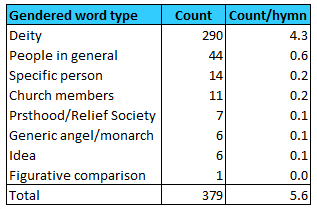 It’s just the 55 words from the second and fourth rows, then, that I attempted to gender-neutralize. All but two of the 55 are male gender-specific words. To be complete, I tried to gender-neutralize them all, male or female. One other note, in case anyone is ever interested enough to try to retrace my steps: if a word occurs multiple times in a hymn because a line is repeated (like in a chorus), I count each repeat as a separate instance.
It’s just the 55 words from the second and fourth rows, then, that I attempted to gender-neutralize. All but two of the 55 are male gender-specific words. To be complete, I tried to gender-neutralize them all, male or female. One other note, in case anyone is ever interested enough to try to retrace my steps: if a word occurs multiple times in a hymn because a line is repeated (like in a chorus), I count each repeat as a separate instance.
Read More
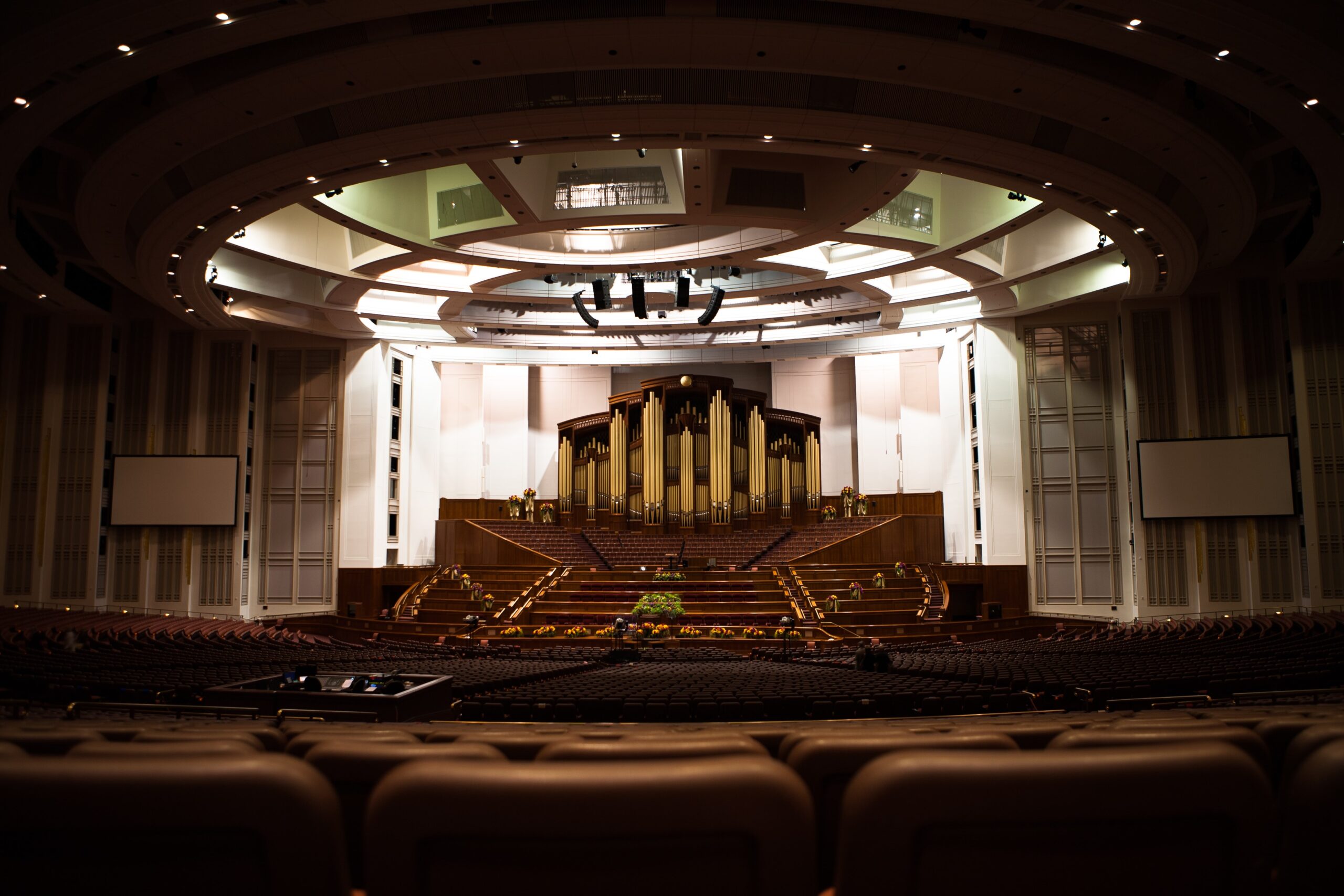

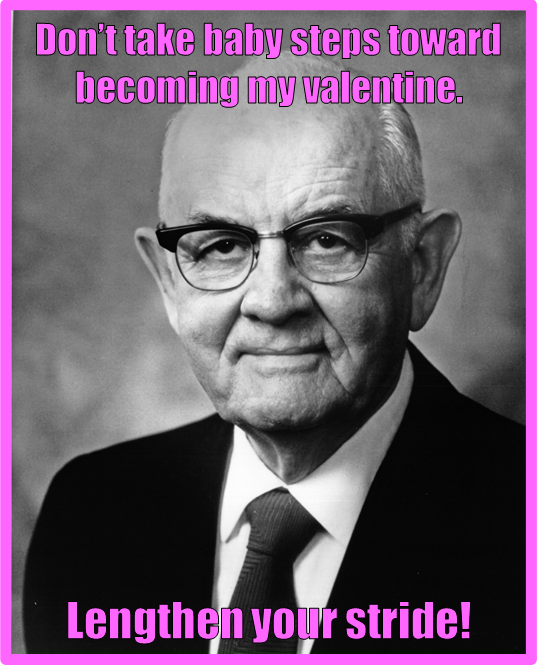
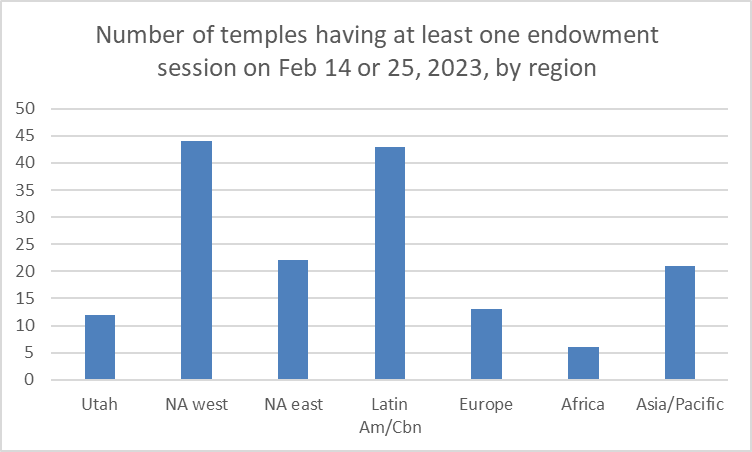
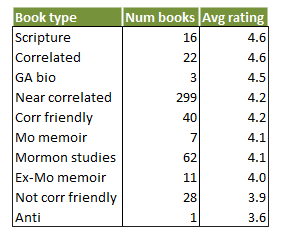

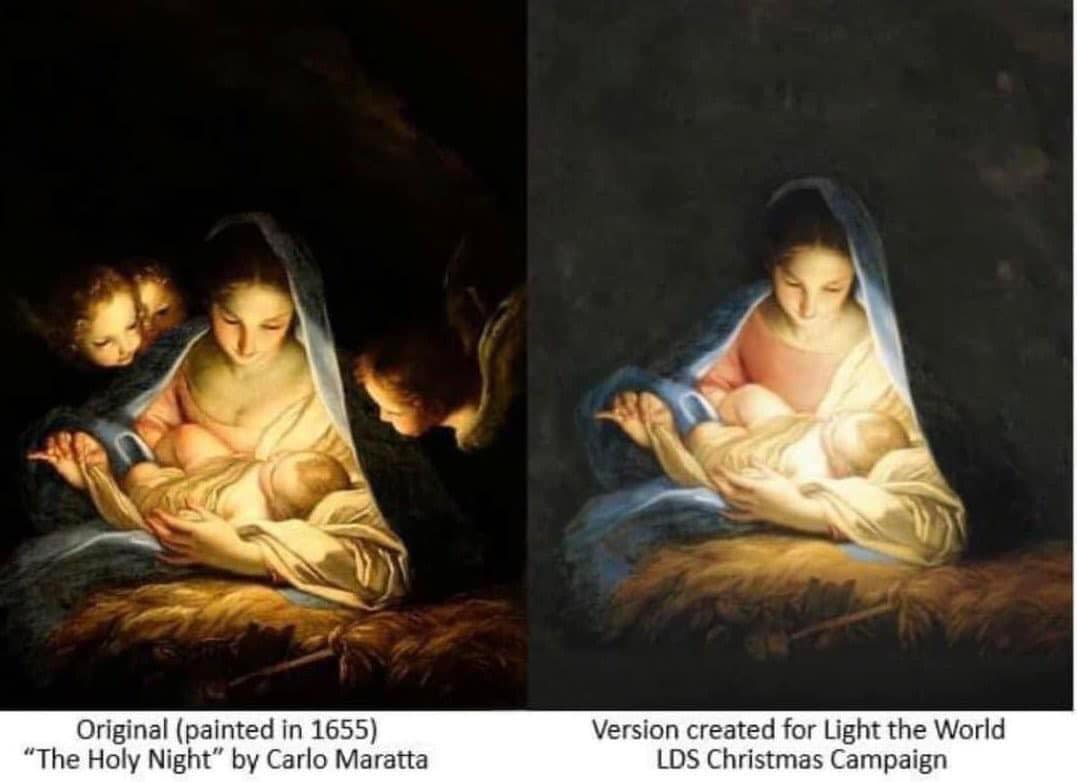

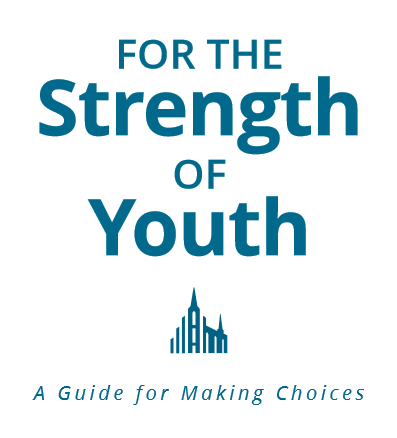




 It’s just the 55 words from the second and fourth rows, then, that I attempted to gender-neutralize. All but two of the 55 are male gender-specific words. To be complete, I tried to gender-neutralize them all, male or female. One other note, in case anyone is ever interested enough to try to retrace my steps: if a word occurs multiple times in a hymn because a line is repeated (like in a chorus), I count each repeat as a separate instance.
It’s just the 55 words from the second and fourth rows, then, that I attempted to gender-neutralize. All but two of the 55 are male gender-specific words. To be complete, I tried to gender-neutralize them all, male or female. One other note, in case anyone is ever interested enough to try to retrace my steps: if a word occurs multiple times in a hymn because a line is repeated (like in a chorus), I count each repeat as a separate instance.
